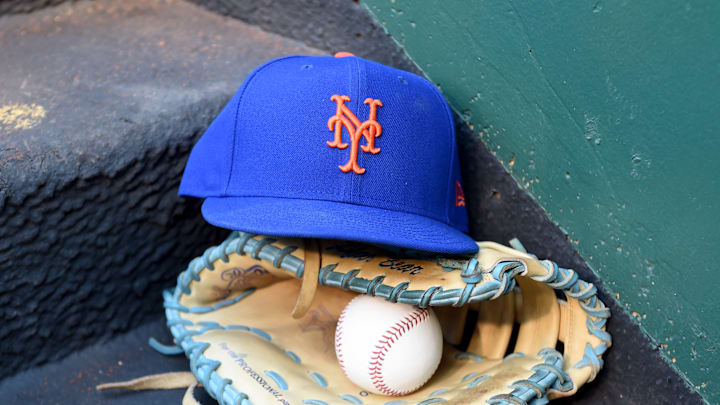After last year’s debacle involving Kumar Rocker and the 10th overall pick, the New York Mets had pressure to get that draft right this year. That same pressure, also assisted in giving them a boost to be one of the main teams to watch heading into draft night.
Much like other years, the New York Mets were one of the key storylines in the draft, thanks to their bonus pool. Thanks to failing to sign Rocker - who went third overall in the 2022 draft to the Texas Rangers - and watching Noah Syndergaard leave for Anaheim in the offseason, the Mets entered the 2022 draft with two additional picks and three in the top 90 overall selections.
It allowed the Mets to be aggressive. If a top talent like Druw Jones or Elijah Greene fell? The Mets felt like the team to snatch them up. Or, maybe the Mets would spread the bonus pool money out among several draftees. For a team that sits atop the National League East, New York and their financial options were veiwed as a true turning point in the draft.
And nothing too crazy happened. No big names falling out of the top ten. New York decided to take the best players on the board in the first round and go from there. In the end, New York had a solid class, making the most of their draft picks. MLB Pipeline listed the Mets as one of the better draft hauls, while The Athletic’s Keith Law (subscription required) was positive about both of New York’s first round selections. After the Rocker debacle last year, the Mets rebounded well with a strong draft.
While it’s early to make any broad statements, here are three reasons why the Mets came away with a solid draft class, one of the Mets could build upon for years to come.
1) The Mets added strength to strength with premium hitters in the first round
If there was anything to take away from New York’s first round selections, it was a premium on hitting. The Mets ended up selecting Georgia Tech catcher Kevin Parada and Texas High School shortstop Jett Williams. Parada finished his sophomore season with 26 home runs and a battling line of .361/.453/.709. The same goes for Jett Williams, who was a favorite of the Mets front office. Williams knocked in five home runs, stole 15 bases, and finished with a split of .347/.514/.723.
Mets are taking Jett Williams who is a personal favorite. Amazing bat speed with contact skills but issues getting to power in games because he's so geared to hitting for contact. Electric athlete with arm strength who should play shortstop. Really like this pick for the Mets.
— Tieran (@Tieran711) July 18, 2022
New York didn’t stop there with the bats early, snagging Virginia High School outfielder Nick Morabito in the Comp B round and Washington High School third baseman Jacob Reimer in the fourth. Both players could project as hit-over-power bats with moderate pop. The Mets don’t care about positional value with all three of the four expected to switch positions as professionals, but they did show just how much they value the hit tool.
Both Parada and Williams are representative of New York’s approach to hitting at the top of the draft. Both players were great in terms of exit velocity, trackman data and other hitting metrics both ranked Parada and Williams out well. For Parada, it offers the upside of a high upside, two-way catcher, or, a middle-of-the-order corner outfield bat.
For Williams? It could be an element that allows him to take a further jump as an undersized infield prospect. Whether he stands at second base or center field, Williams tapping into his power and combining it with pristine contact ability could create a top prospect in the organization.
